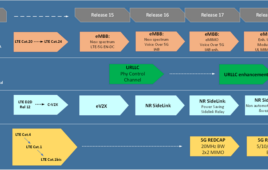As demand for power to drive our mobile world increases, auto makers have increasingly sought to cram USB ports into our vehicles.
But the ability to charge on the go comes with a cost.
According to a report from Bloomberg, USB chargers gulp down 0.03 miles worth of each gallon of gasoline in your tank.
Though gas prices have dropped substantially over the past few years that still equates to about 2 cents an hour assuming a gas price of $2 per gallon, retired General Motors engineering executive Jon Bereisa told the publication. The cost is exponentially greater than using outlets in your home to charge a device, which costs about 0.06 cents per hour, Bloomberg reported.
The extra usage equates to about $200 million each year, Beresia said.
But USB chargers make a dent in more than just consumer wallets. The extra energy they consumer from vehicles delivers an environmental punch as well.
Factored to include the total number of vehicles in the United States, USB chargers account for an extra 970,000 tons of carbon dioxide each year or the equivalent emissions of 185,257, Beresia said.
With the IHS forecasting that the number of vehicles with USB charging ports in the United States will jump from 14.6 million last year to 16.7 million by 2022 (or 85 million globally by 2022), it seems like the problem will get worse before it gets better.




